Figures & data
Figure 1 (A) Schematic illustration of nanoparticle-based PTT. Reproduced from Riley RS, Day ES. Gold nanoparticle-mediated photothermal therapy: applications and opportunities for multimodal cancer treatment. Wiley Interdiscip Rev Nanomed Nanobiotechnol. 2017;9(4):1449. Copyright 2017, John Wiley and Sons.Citation88 (B) Four major photothermal agents for PTT, including gold nanoparticles, carbon nanomaterials, semiconductor nanomaterials and organic NIR dyes.Reprouduced from Kim H, Beack S, Han S, et al. Multifunctional photonic nanomaterials for diagnostic, therapeutic, and theranostic applications. Adv Mater. 2018;30(10):1701460.Copyright 2018, John Wiley and Sons.Citation97
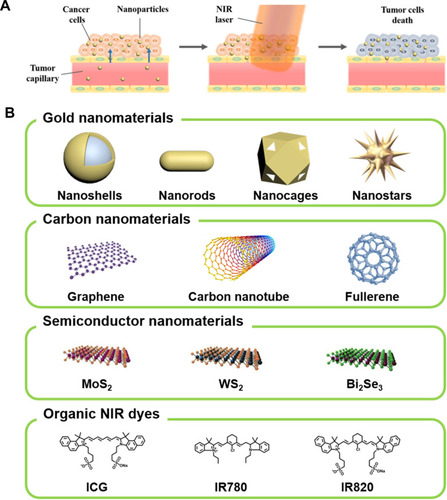
Figure 2 (A) Mechanism of apoptosis after NIR laser-irradiation. Reproduced with permission from Pérez-Hernández M, Del Pino P, Mitchell SG, et al. Dissecting the molecular mechanism of apoptosis during photothermal therapyusing gold nanoprisms. ACS Nano. 2015;9(1):52–61.Citation116 Copyright 2015, American Chemical Society. (B) Schematic illustration of HSP70 inhibitor optimized PTT. Reproduced with permission from Ali MRK, Ali HR, Rankin CR, et al. Targeting heat shock protein70 using gold nanorods enhances cancer cell apoptosis in lowdose plasmonic photothermal therapy. Biomaterials. 2016;102:1–8. .Citation128 Copyright 2016, Elsevier.

Figure 3 The Cells in the Tumor Microenvironment. Reproduced with permission from Hanahan D, Weinberg RA. Hallmarks of cancer: the nextgeneration. Cell. 2011;144(5):646–674.Citation140 Copyright 2011, Elsevier.
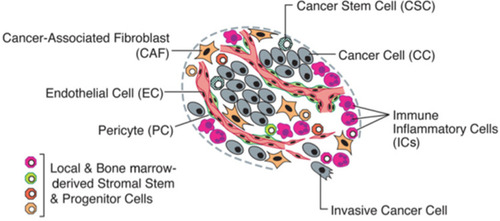
Figure 4 Characteristics of immunogenic cell death (ICD). Reproduced with permission from Duan X, Chan C, LinW. Nanoparticle-mediated immunogenic celldeath enables and potentiates cancer immunotherapy. Angew ChemInt Ed Engl. 2019;58(3):670–680.Citation163 Copyright 2019, John Wiley and Sons.
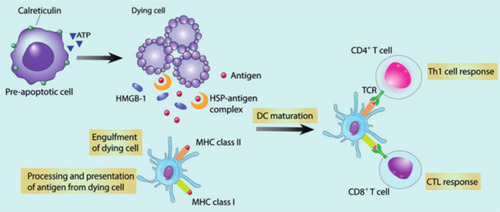
Figure 5 PTT generates ICD when an optimal thermal dose is administered to tumors. Reproduced with permission from Sweeney EE, Cano-Mejia J, Fernandes R. Photothermal therapy generatesa thermal window of immunogenic cell death in neuroblastoma. Small. 2018;14(20):1800678..Citation164 Copyright 2018, John Wiley and Sons.

Figure 6 Schematics diagram of combined photothermal and immunotherapy using chitosan-coated hollow copper sulfide nanoparticles. Reproduced with permission from Guo L, Yan DD, Yang D, et al. Combinatorial photothermal andimmuno cancer therapy using chitosan-coated hollow coppersulfide nanoparticles. ACS Nano. 2014;8(6):5670–5681.Citation171 Copyright 2014, American Chemical Society.
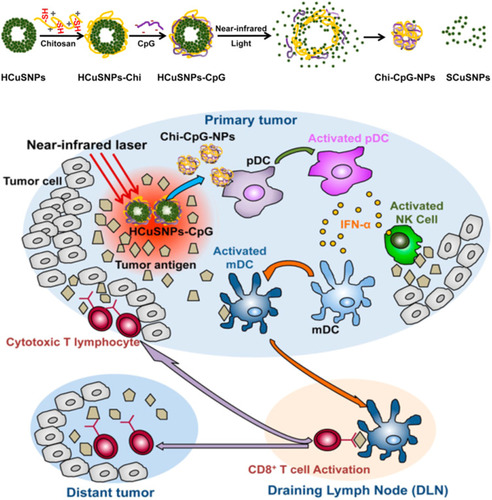
Table 1 Photothermal Nanomaterials Combined with Immunoadjuvants for Photothermal Immunotherapy
Figure 7 Schematic diagram of nanoparticle-based PTT together with anti-CTLA-4. Reproduced with permission from Wang C, Xu L, Liang C, et al. Immunological responses triggeredby photothermal therapy with carbon nanotubes in combination with anti-CTLA-4 therapy to inhibit cancermetastasis. Adv Mater. 2014;26(48):8154–8162..Citation180 Copyright 2014, John Wiley and Sons.
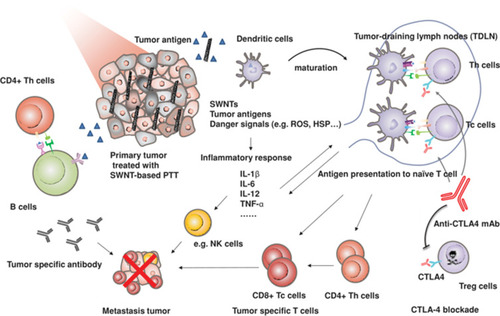
Figure 8 Schematic diagram of nanoparticle-based PTT together with anti-PD-L1. Reproduced from Liu Y, Maccarini P, Palmer GM, et al. Synergistic immuno photothermal nanotherapy (SYMPHONY) for the treatment of unre-sectable and metastatic cancers. Sci Rep. 2017;7(1):8606. Creative Commons license and disclaimer available from: (http://creativecommons.org/licenses/by/4.0/legalcode„http://creativecommons.org/licenses/by/4.0/legalcode).Citation182
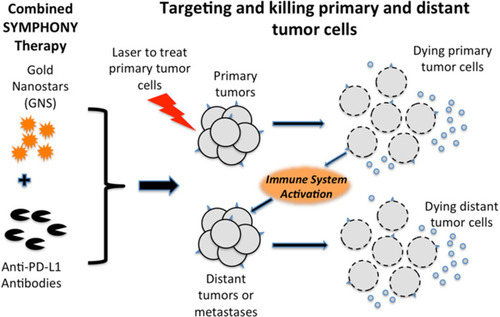
Table 2 Photothermal Nanomaterials Combined with Immune Checkpoint Inhibitors for Photothermal Immunotherapy
Figure 9 Schematic diagram of PTT with immunoadjuvant nanoparticles together with anti-CTLA-4. Reproduced with permissionfrom Chen Q, Xu L, Liang C, et al. Photothermal therapy withimmune-adjuvant nanoparticles together with checkpoint blockadefor effective cancer immunotherapy. Nat Commun. 2016;7(1):13193. Creative Commons license and disclaimer available from: (http://creativecommons.org/licenses/by/4.0/legalcode„http://creativecommons.org/licenses/by/4.0/legalcode).Citation184

